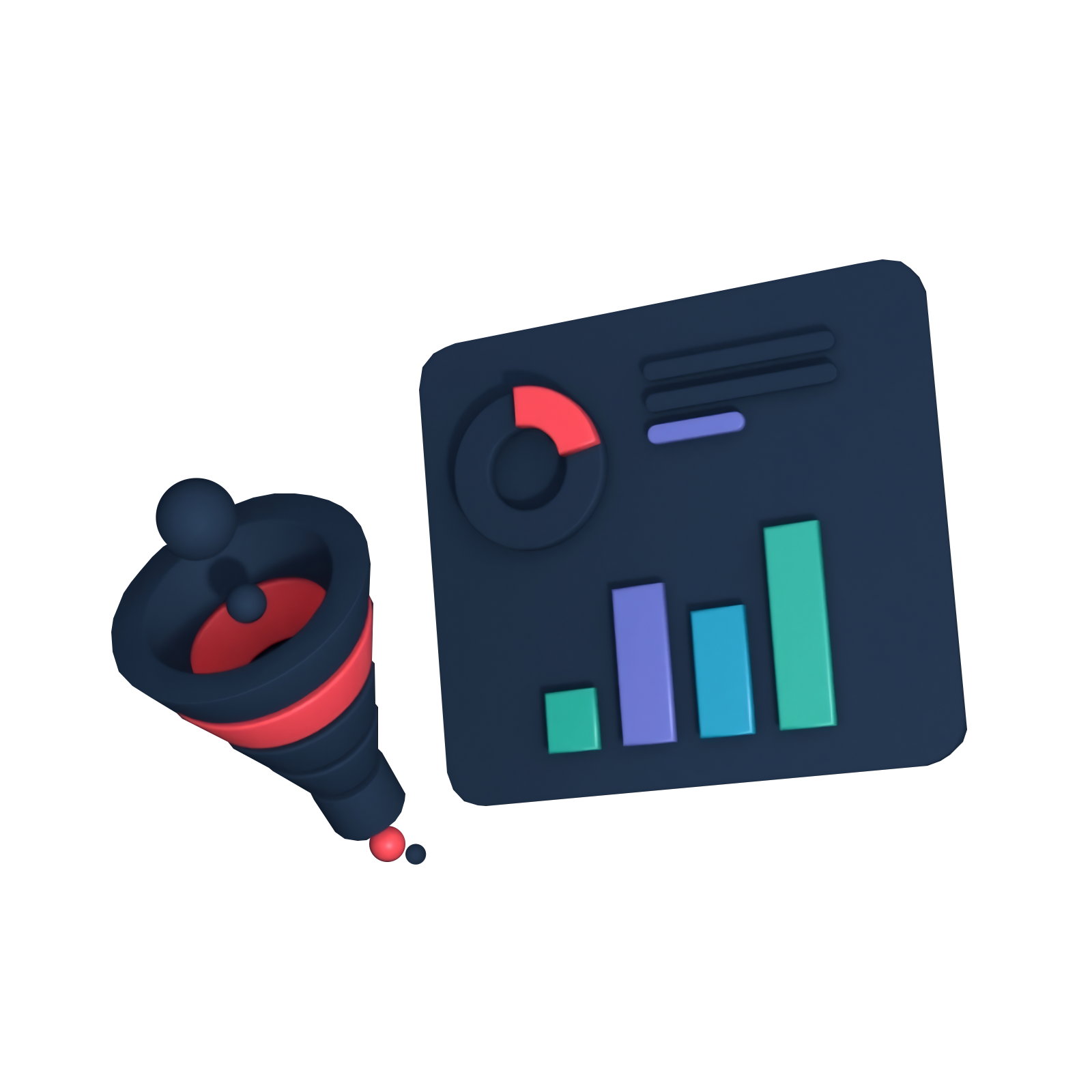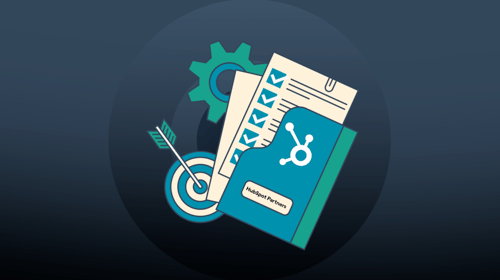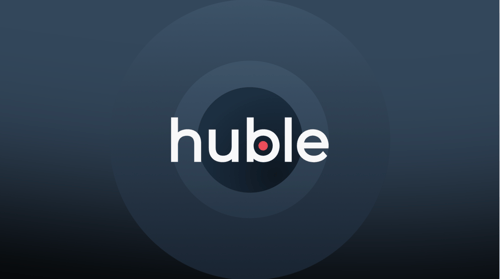For salespeople, even in the age of sophisticated marketing automation platforms, knowing which leads to contact first; which leads to nurture with valuable content; and which leads to leave alone until they are ready to engage is an ongoing challenge and dilemma.
Whenever salespeople get a new and engaged lead, they have to decide whether or not they should prioritise that lead over all the other leads and opportunities they are currently working on. Often this results in them having to sift through leads manually to try and understand where their focus and time should be spent, but this kind of activity can take time, time your sales team might not necessarily have.
In the era of marketing automation and Inbound sales, there are tools your sales team can use to understand which leads they should prioritise first and engage with, but without these tools, their time will be ill-spent.
Your sales team is a very precious resource and in an ideal world, they are a resource that should be preserved until leads show signs of “sales readiness”. On that basis, it’s vital that you have lead management tools - specifically lead scoring - in place to make it easier for your sales (and marketing) teams to earmark hot opportunities, postpone those which need more nurturing, and decide who isn’t ready to be contacted at all.
So what exactly is lead scoring?
Lead scoring is a process where you assign points (scores) to your leads based on certain criteria, such as their behaviour on your website and how they interact with your business. These scores help you to discern the level of interest leads have in your products and/or services. You should collectively decide what score indicates a sales ready lead and which scores indicate that a lead needs to be nurtured further.
For instance, if a lead downloads a pricing guide from your website, and books a consultation call with someone on your team, that lead should receive the highest amount of points and be flagged to your sales team right away. On the other hand, if a lead subscribes to your blog and views five web pages over the course of a few days, it doesn’t necessarily mean that they want to talk to your sales team, so they should be assigned less points. However, instead of leaving that lead alone indefinitely, you should enrol them in a lead nurture workflow - ensuring they receive high-quality content over a period of time - until they are ready to speak to someone at your business.
While these are broad examples which will differ business to business, they should help you to build a lead scoring process to determine your business’ most valuable and engaged leads, which in turn helps your salespeople to prioritise their engagement.
And, funnily enough, all of this is possible with HubSpot. HubSpot collects and collates all of your contacts’ information in a simple and concise record. Also, as you can create custom form fields and contact properties, you can score your leads on just about anything. You can either set up manual HubSpot lead scoring and create your own scoring criteria - associating values to contact actions/behaviours - or use HubSpot’s predictive lead scoring.
You can update your lead scoring criteria at any time and HubSpot will automatically recalculate the scores for all your contacts.
Here are a few ways to score your leads
Scoring leads by location/region
So let’s say you’re the owner of a London-based data cleansing and disposal business and you want to prioritise leads within ten miles of your offices as they are a “good fit” for your business.
To ensure your sales team can prioritise the right leads, you could add a mandatory “location” field to your website’s forms. For any leads that put “London”, you give them the highest score or value, while leads further away from London receive much less.
For instance, you would assign a higher value to someone in Southwark, London, than someone in say, Cardiff, Wales. You might even use a negative value. This allows your sales team to quickly see which leads present the most value to the business based on their location/region.
The point here is that not every lead will be a good fit for your business, especially in this scenario. A small, London-based business might not have the capability or capacity to provide data cleansing and disposal services to a business in Cardiff.
Location/region is just one demographic form field you can add to score your leads by. You could also add job title, industry, company name and many others to help your sales team identify the best leads for the business.
Scoring leads by specific page views
Another way to score your leads is by specific page views. After all, if someone reads a specific page more than once it’s usually a good indication that they are interested.
So create a list in HubSpot based on number of page views for a specific page, let’s say your pricing page as that’s a bottom-of-the-funnel asset. Start with 5 or 10 page views and see how many of your contacts fit that criteria. Then try 20 or 30. Then try 50. Keep going until you only have a handful of people at 100 or so.
Those who have viewed your pricing page more than 100 times are no doubt interested in what your business has to offer and your sales team should have been on them yesterday!
You can set up your manual lead scoring in HubSpot to assign specific values based on the number of page views for any page. And, as all of this information is readily available to your sales team - including the pages viewed - they can quickly strike up a conversation with leads:
“So, I see you’re familiar with our pricing page?”
Scoring leads by content downloads
Downloadable content assets, such as eBooks, case studies, and white papers, also give you a good indication of just how engaged leads are.
A lead who downloads just one top-of-the-funnel eBook is nothing to write home about - but what about a lead who downloads all of your middle and bottom-of-the-funnel content assets and not just once, but multiple times over an extended period?
While it’s unlikely that any prospect will download every content asset a business has to offer, it’s a good idea to keep tabs on those that download more than five content assets and more than once. They’re probably re-reading those assets, using them or sharing them with colleagues.
You should score your leads based on how many content offers they download and give bonus points to those who download a certain amount. The highest values should be reserved for content offers towards the bottom of the funnel, specifically your pricing documents, consultation documents, free quotes, proposals, trials, etc.
Again, as all of this information is stored in each contacts’ HubSpot record, your sales team can further investigate to find out more and plan how they want to approach each individual prospect.
You can also use negative lead scoring
What about locations you are not actively marketing in or selling in? What about people who have qualified out or unsubscribed from your email marketing?
Not every lead you generate will be a good fit for your business, and you need to ensure that your sales team only spends their time on leads that will actually turn into sales opportunities.
That considered, you need to ensure you filter out “bad” leads by using negative lead scoring.
For instance, if a lead uses a personal email address instead of their company email address or a fake name, it indicates that they are not yet ready to buy, so they don’t want to hand over a company email or their name, or they may not be able to buy from you in the first place (perhaps a competitor or student doing research - we’ve seen it before).
For these leads, you need to score them negatively so that they don’t reach the top of the sales engagement queue. There are some exceptions to the rule but if someone doing the above is actually interested, you will eventually find out as they engage with your website further.
It's time to improve your sales lead engagement
Inbound Marketing makes it possible for you to generate leads much further into the buyer’s journey and further down the sales funnel than ever before, but that doesn’t mean that every lead you generate is ready to speak to your sales team.
Lead scoring helps your sales team to prioritise the most engaged contacts first, and HubSpot’s tools - workflows and email marketing, make it possible for you to automate your lead nurturing until leads are at a point (or score, in this case) where they are ready to engage or warrant reaching out to.
Of course, we can’t tell you how to exactly score your leads, there’s no one-size-fits-all approach. We can, however, help you to understand lead management and build processes to support your lead nurturing and engagement, as well as provide you with a lead scoring template to get started.










-3.png?width=500&height=320&name=Matt%20-%20imagery%20bank%20(8)-3.png)

